Back to Courses
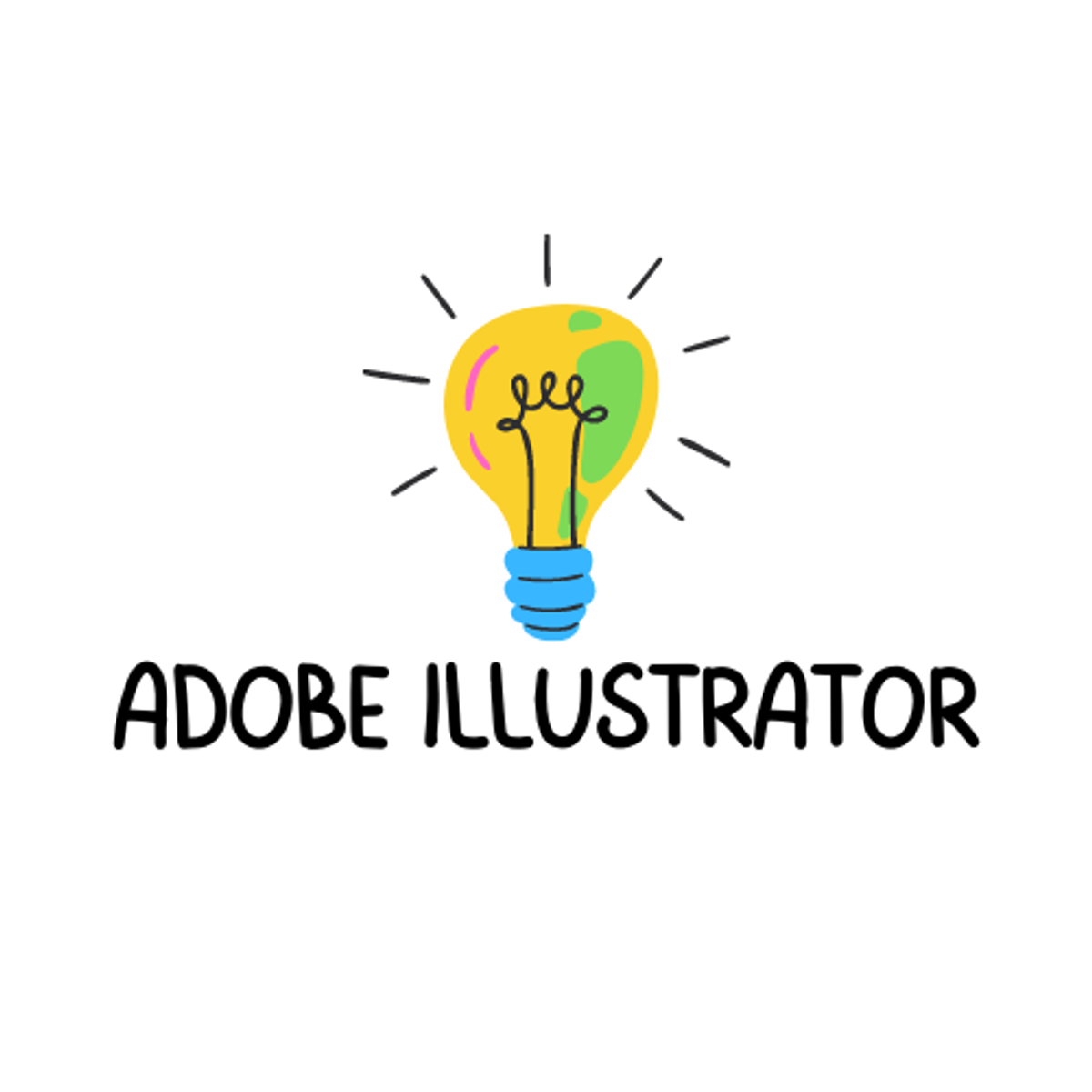
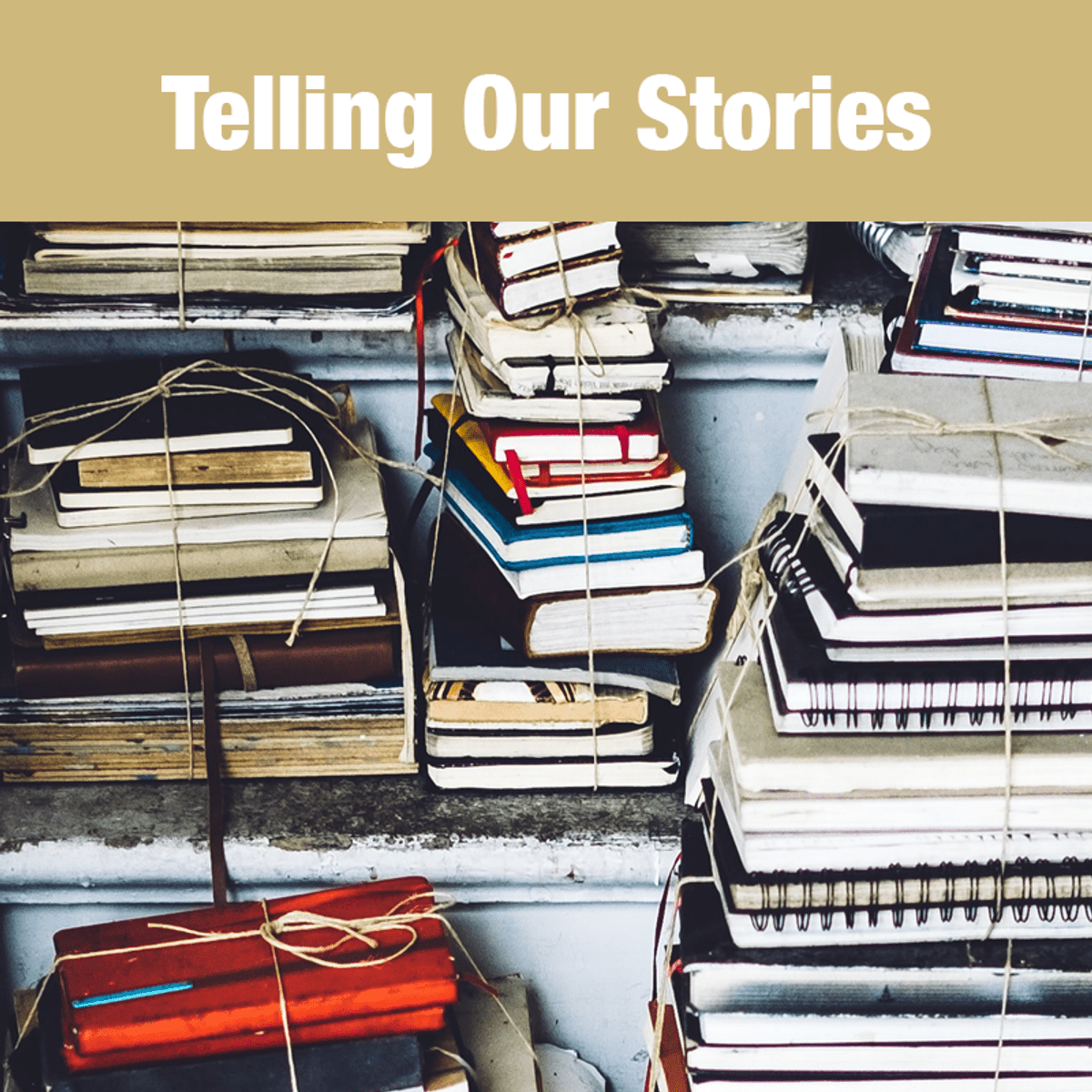
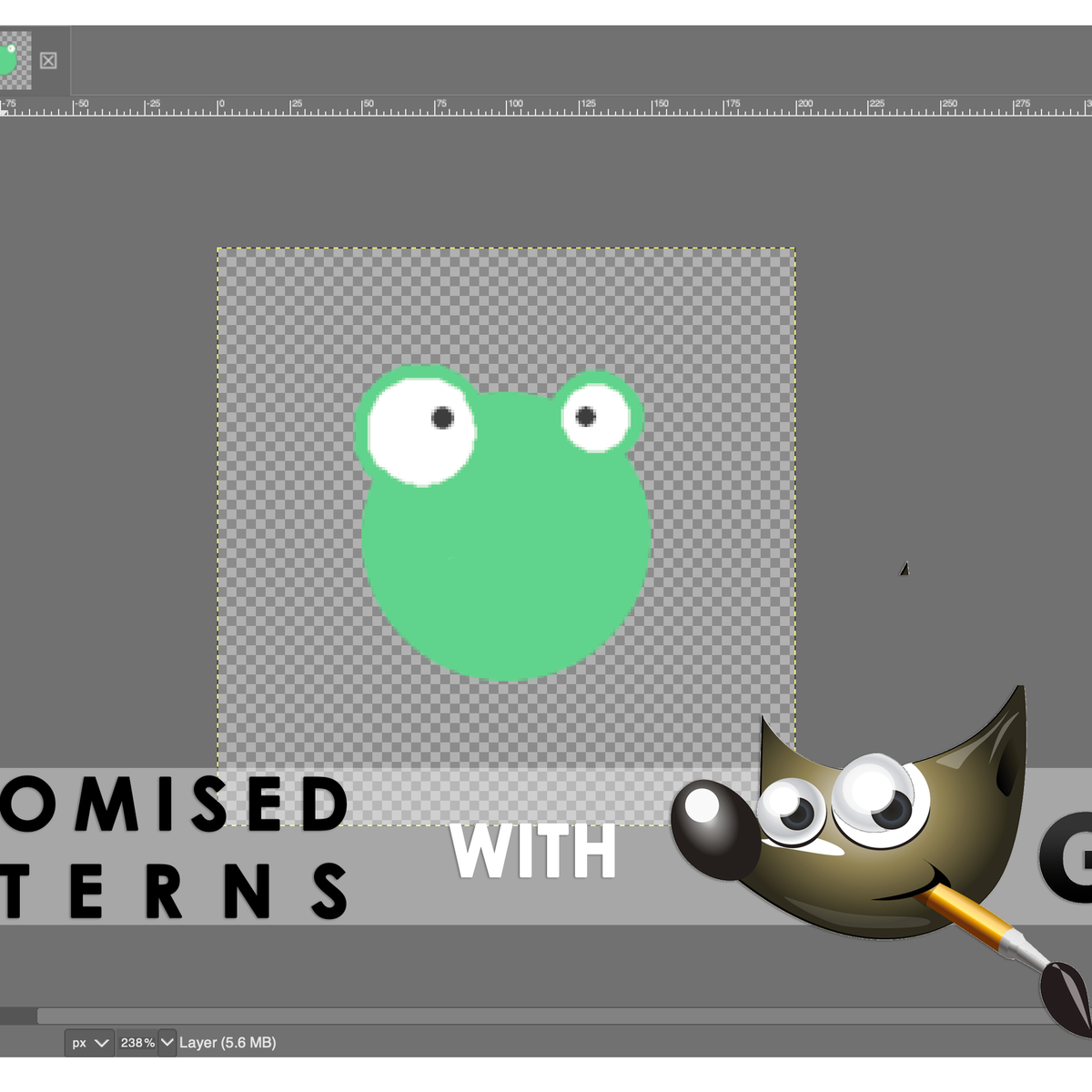
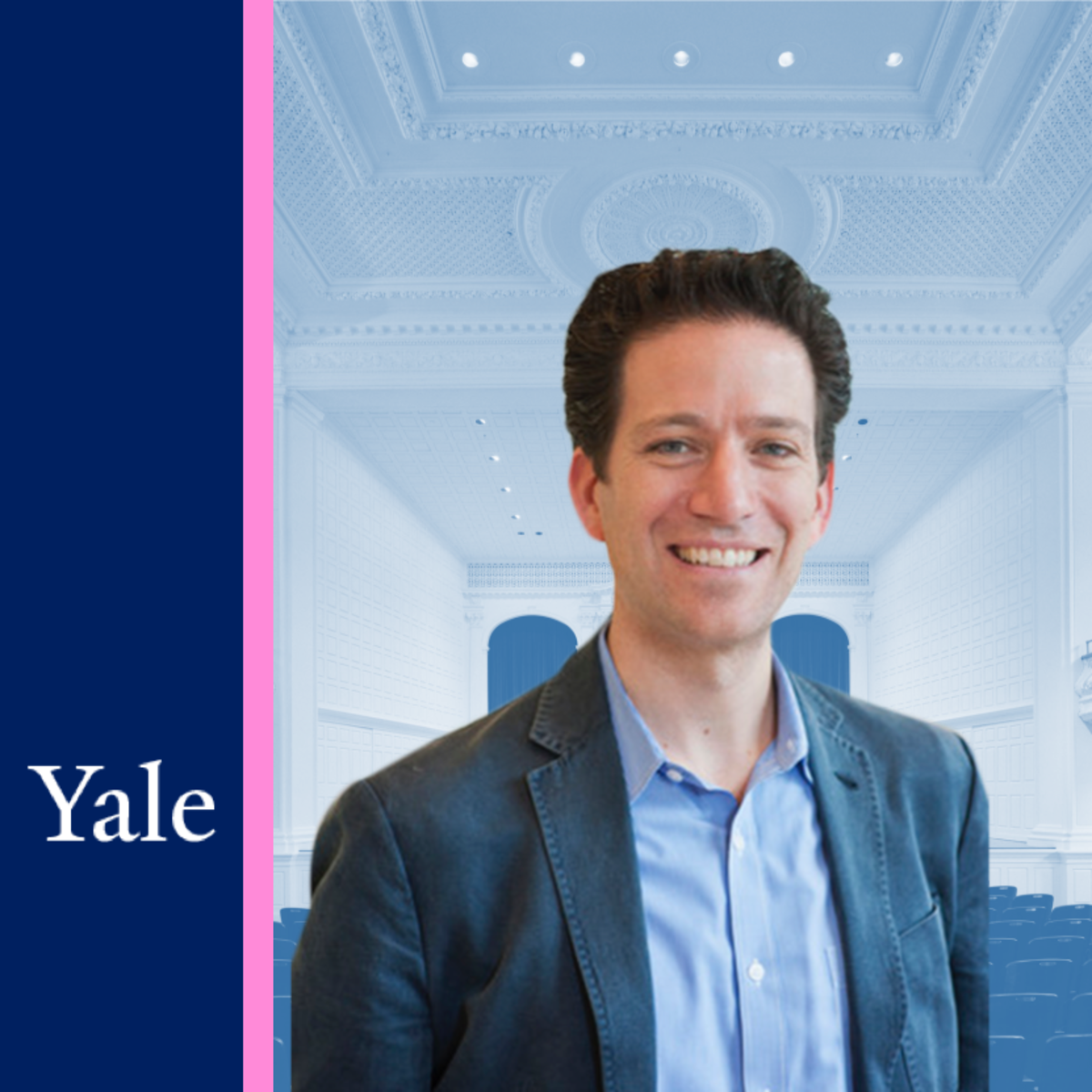
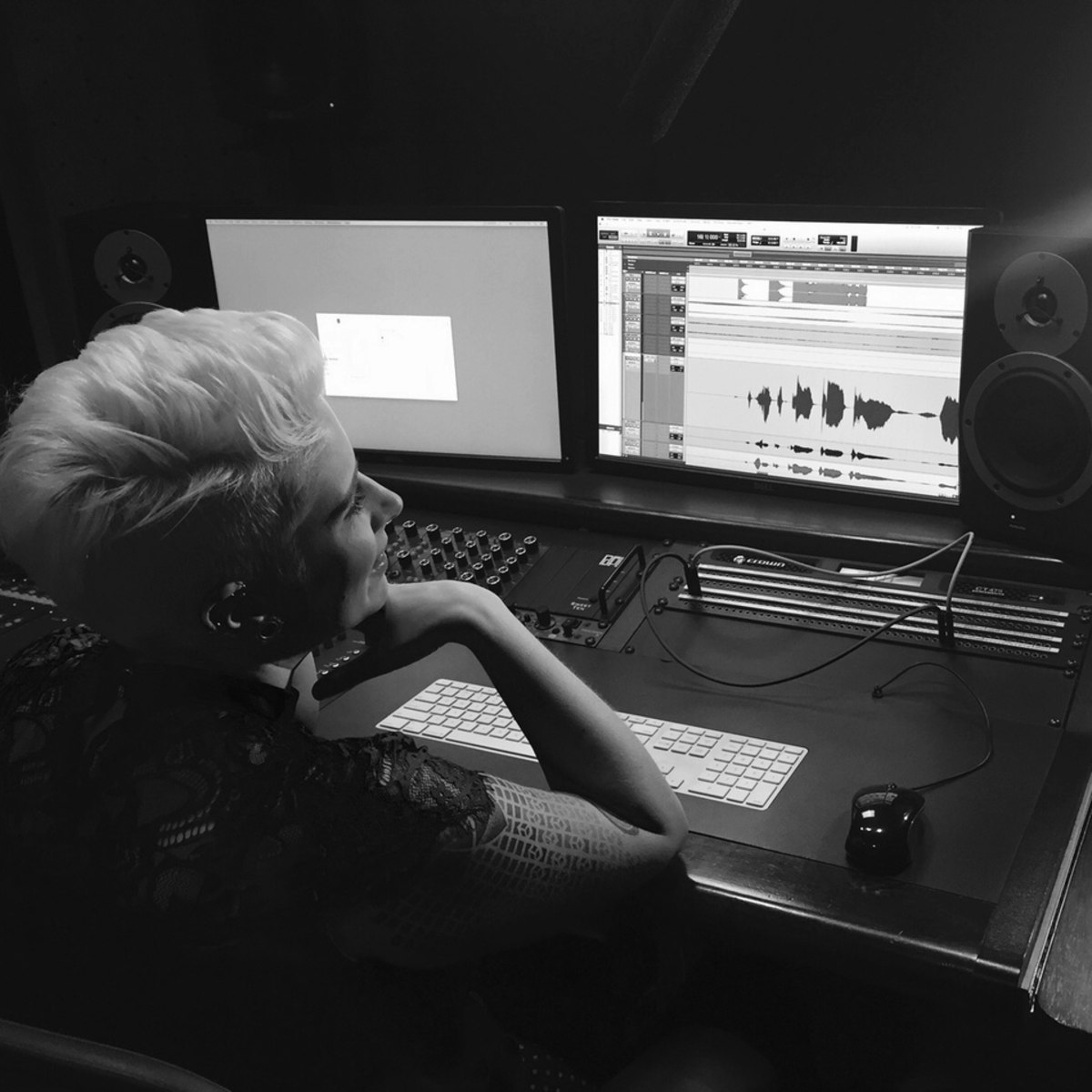


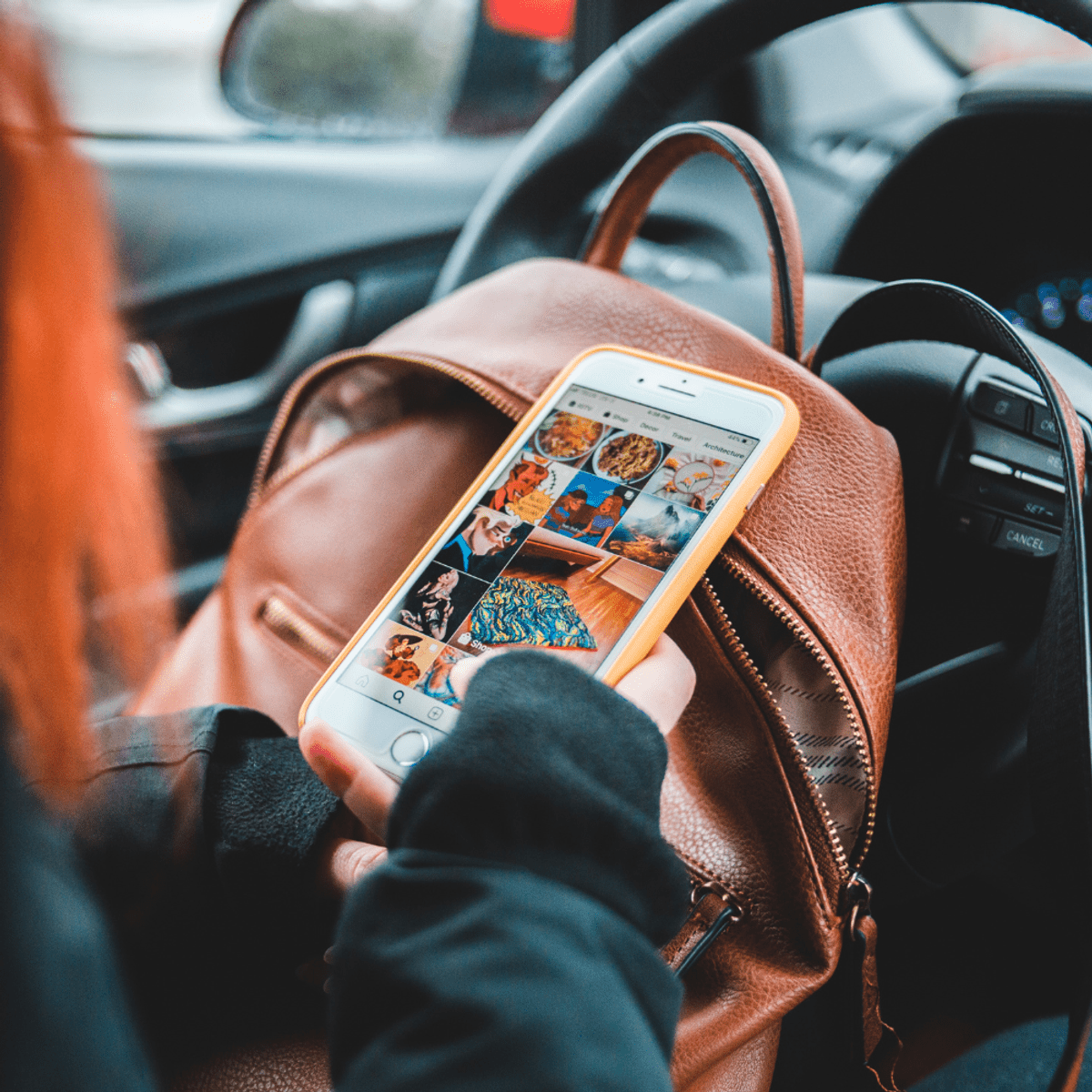
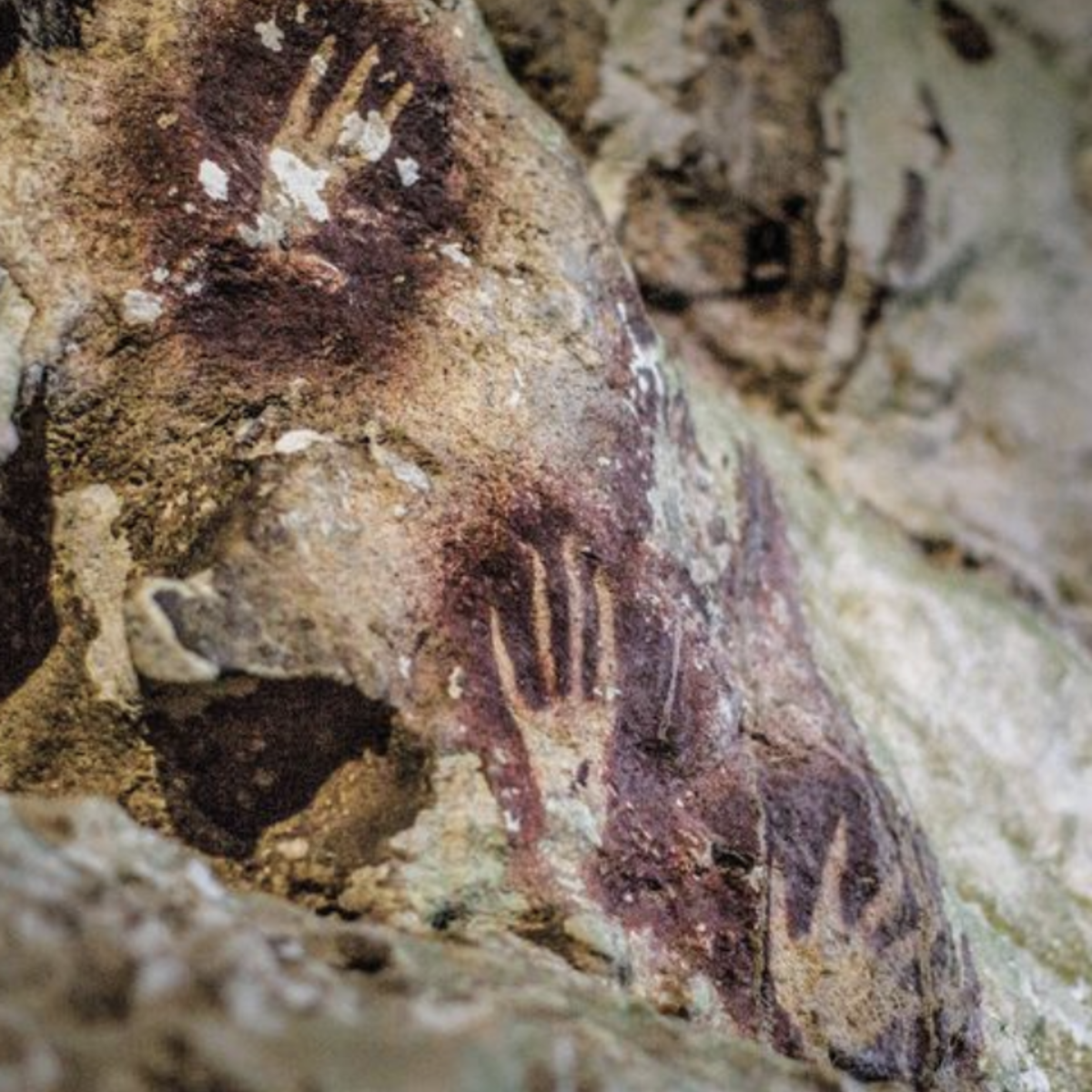
Music And Art Courses
Showing results 1-10 of 257

Modern Art & Ideas
Welcome to Modern Art & Ideas! This course is designed for anyone interested in learning more about modern and contemporary art. Over the next five weeks, you will look at art through a variety of themes: Places & Spaces, Art & Identity, Transforming Everyday Objects, and Art & Society. Each week kicks off with a video that connects works of art from The Museum of Modern Art’s collection to the theme. You will hear audio interviews with artists, designers, and curators and learn more about selected works in the additional readings and resources.
Throughout this course you will discover how artists:
-- represent place and take inspiration from their environment,
-- create works of art to express, explore, and question identity,
-- use everyday objects to challenge assumptions about what constitutes a work of art and how it should be made,
-- and respond to the social, cultural, and political issues of their time through works of art.
Through the discussion forum prompts and peer review assignment, you will also have the opportunity to connect with other learners and explore how these themes resonate with your own life and experience.

How to align artwork in Adobe Illustrator
In this project you will create several forms, you will see how each of them are at a different point on the page. Our job will be to create the shape, give it the color, we can combine some if you want, and then we will align them all at the same time. Sounds fun? This alignment tool is very useful when we want each of our shapes to be centered, well marginalized, and even. We do not have to do this manual management one by one or only visually. With this tool we are allowed to do the alignments very easily and not one by one. Is not a manual process, here you can see the easy process of aligning an artwork. The alignment tool has several ways to be accessed, here you will learn the long and short steps to see how to find the alignment tool. For this project we will be creating four frames, they can be of the same or different size.
Adobe Illustrator is a program that will allow you to create figures, logos, and images for all kinds of occasions, whether professional or educational. Today we will also see options of measures, colors, that will help you to strengthen your knowledge in this application. For this project, you will need a basic understanding of the application, as well as a basic understanding of how to create figures and add color to those figures.

Storying the Self: Telling our Stories
Ask for and give constructive feedback on your work, and consider venues for sharing your stories as both a leader and creator. In leadership contexts, this translates to authentic purpose, vision, and values. You’ll engage with a creative assignment with the intention of creating and polishing a story from your life that can be shared, reflecting on how stories evolve over time, through different media, and through retellings for and with different audiences.

Graphic design: create simple customised patterns using Gimp
In this 1-hour long project-based course, you will learn how to:
- Manage the file requirements to optimise and export a pattern,
- Get started with GIMP 2.10 editing tools
- Design customised patterns using GIMP 2.10
By the end of this project, you will learn how to use Gimp to create simple customised patterns.
You’ll discover how to create different types of patterns, either by drawing simple shapes directly on GIMP or starting from an existing image.
In graphic design and visual arts, a pattern is a design in which the same shape is repeated at regular intervals over a surface. Patterns are used to customise fabrics, prints, wallpaper, gift papers, and any kind of surface your imagination can reach.
GIMP version 2.10 is a cross-platform image editor available for many of the most popular operating systems. It is largely used by graphic designers, illustrators, artists, or photographers as an open-source alternative to image editing software.
Its interface is user-friendly so it can be enjoyed by anyone interested or involved in jobs related to graphics and visual arts.
Note: This course works best for learners who are based in the North America region. We’re currently working on providing the same experience in other regions.

Music and Social Action
What is a musician’s response to the condition of the world? Do musicians have an obligation and an opportunity to serve the needs of the world with their musicianship?
At a time of crisis for the classical music profession, with a changing commercial landscape, a shrinking audience base, and a contraction in the number of professional orchestras, how does a young musician construct a career today? Are we looking at a dying art form or a moment of reinvigoration?
In this course we will develop a response to these questions, and we will explore the notion that the classical musician, the artist, is an important public figure with a critical role to play in society.
The course will include inquiry into a set of ideas in philosophy of aesthetics; a discussion about freedom, civil society, and ways that art can play a role in readying people for democracy; discussion on philosophy of education as it relates to the question of positive social change; and an exploration of musical and artistic initiatives that have been particularly focused on a positive social impact.
Guiding questions for this course inquiry will include:
- How can classical music effect social change?
- How has music made positive change in communities around the globe?
- What can the field of classical music learn from other movements for social change?
- How have educators and philosophers thought about the arts and their connection to daily contemporary life?
Each class will explore one critical question through lectures, discussions, interviews, or documentaries.

Pro Tools Basics
Producing music is an incredibly creative process, and knowing the tools of the trade is essential in order to transmit the musical ideas in your head into the DAW in a creative and uninhibited way. Whether you have used a computer to create music before, or you have been curious about production for years, this 4-week course will give you an introductory look into the world of Avid Pro Tools and Pro Tools First.

Icons design for Mobile Application using Adobe Illustrator
By the end of this project, you will be able to create a series of 5 icons for an e.commerce mobile application using Adobe Illustrator.
Throughout the project, you will be able to use Adobe Illustrator with its different tools. You will be able to create vectorial geometric shapes combining them together to reach your final design. Moreover, you will be exposed to the concept of the grid system that allows you to reach consistency while creating your designs.

Fandom, Community, and Identity in Popular Music
In "Fandom, Community, and Identity in Popular Music," you will explore the intersections of fandom and popular culture using pop music as a framework. You will apply your skills of self-reflection and close reading/analysis to a few case studies of pop musicians and the ways in which their art inhabits and evolves in pop culture spaces. You will learn about what it means to be a music fan, and therefore to be a fan in general. Along the way, you’ll have the chance to express your creativity as a fan by making something to contribute back into your fandom. This project will ask you to apply your self-reflection and close reading frameworks, and will ground your studies of fandom and pop culture in your lived experience (both physical and virtual).
Course-Level Learning Outcomes
* Define and describe the dynamics of popular music and its relationship with fandom, popular culture, and digital media
* Apply critical self-reflection and close reading frameworks through analytical writing and creative expression
* Engage with pop culture and fandom communities by leveraging online platforms to make connections and synthesize learning
* Reflect on your personal relationship to popular music, popular art, and how popular culture intersects with memory and nostalgia
Course 2 Skills:
* Analysis
* Evaluation
* Critical Thinking
* Communication
* Creativity
* Close Reading

Design engaging Stories for Instagram and Facebook in Easil
By the end of this project, you will learn how to create and design engaging stories for Instagram and Facebook in Easil to promote your business. An essential role of your social media marketing strategy is to establish your online identity and appeal to your users.
In this guided project, we will use the free version of Easil. You will be able to incorporate a color scheme, images, and other design elements for aesthetically pleasing and value-added business marketing collateral. We can use Easil to complete this project because it provides all the tools you need to create organized and visually appealing products while offering a variety of options for sharing and collaboration. You will learn how to plan and organize your ideas and utilize graphic design tools as you create social media stories to advertise your brand or products.

Richard Schechner's Introduction to Performance Studies
Performance Studies: An Introduction explores the wide world of performance--from theatre, dance, and music to ritual, play, political campaigns, social media, and the performances of everyday life. Performance studies also ranges across cultures--Asia, Africa, the Caribbean, Europe, the Americas. And it spans historical periods from the art of the paleolithic caves to YouTube and the avantgarde. This course is devised by Richard Schechner, one of the pioneers of performance studies, in dialogue with more than a dozen expert scholars and artists. Performance Studies: An Introduction puts students in dialogue with the most important ideas, approaches, theories, and questions of this dynamic, new academic field.
Learning Objectives
By the end of this course, you should be able to:
Articulate and analyze the major concepts of performance studies
Identify and analyze performances within the “broad spectrum of performance”--from everyday life and social media to performance art and global spectacles such as the Olympics
Comprehend key terms of performance studies, including is/as performance, restored behavior, ritual, play, make-belief/make-believe, performance in everyday life, the performative, and intercultural performance
Produce collaborative work that demonstrates teamwork in applying ideas learned in the course
Compare, analyze, and interpret performances of their own and other cultures
Articulate how the major concepts of the course relate to their own experiences and worldviews
Analyze and criticize in a constructive way the work of classmates
The lessons present Schechner’s concept of performance studies along with online assignments. In the assignments, students apply what they are learning by composing short responses to materials, writing in their NYU Classes Forums, and by reviewing other students’ forum posts each week.
Students choose either to work in groups of 3 to 5 on a term-long project maintaining a project portfolio in NYU Classes or to write a research paper. During the term, each group will lead an in-class 25-minute discussion of their project-in-progress. During the last face-to-face class, each group will present their project.
The weekly content is:
What is Performance?
What is Performance Studies?
Performance Processes
From Not Performing to Performing
Ritual
Play
Performing in the Paleolithic
Ramlila of Ramnagar
The Performing Brain
Performativity
Constructing Social Roles
Social Media
Intercultural, Transcultural, Global
Group Projects & Wrap Up
Course Requirements
Each student is required to complete the week’s online lesson prior to the class session, attend and participate in the class sessions, complete the weekly assignments, participate and present the group project or submit a final paper.
Required Readings
See weekly online lessons.
Required Viewings (Videos)
See weekly online lessons.
Written work
Each student will either participate in a group project or write a research paper due at the end of the term, submitted electronically. Your professor will confer online and/or face-to-face during office hours to help students develop their writing and their projects. If you do a group project your professor may ask you to do some writing in relationship to your project.
Academic Integrity
The policy on plagiarism and academic honesty is posted on Classes. Read this document carefully, and be guided by it.
Copyright
Keep in mind the material you find in the online lessons is subject to copyright. You may not reproduce, reuse, or distribute it without permission outside of your work in this course. For more information on copyright and how it applies to course materials, see the Copyright Basics research guide.
Popular Internships and Jobs by Categories
Find Jobs & Internships
Browse
© 2024 BoostGrad | All rights reserved